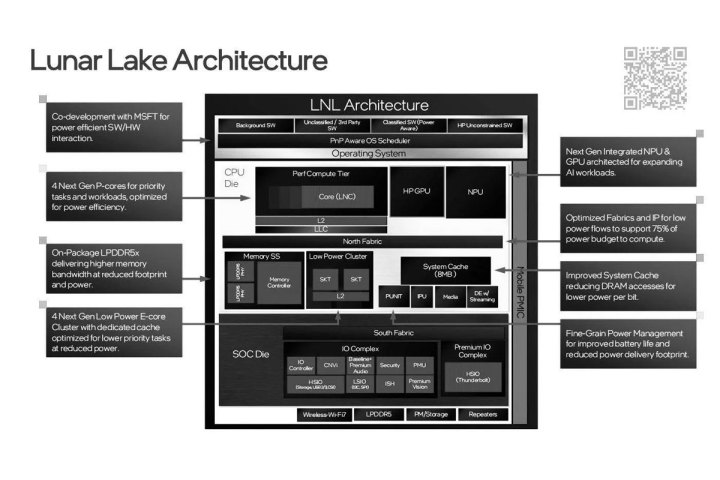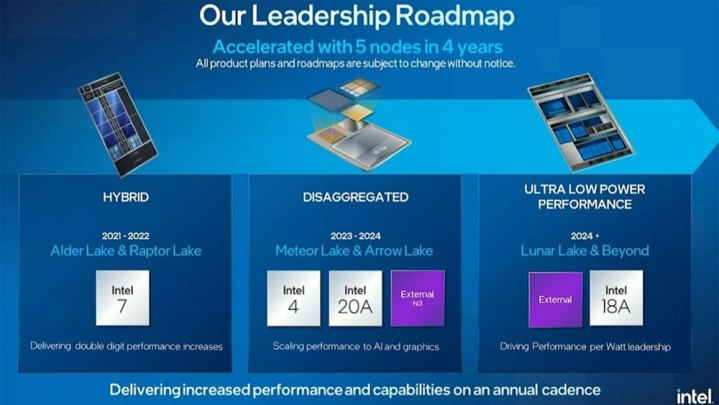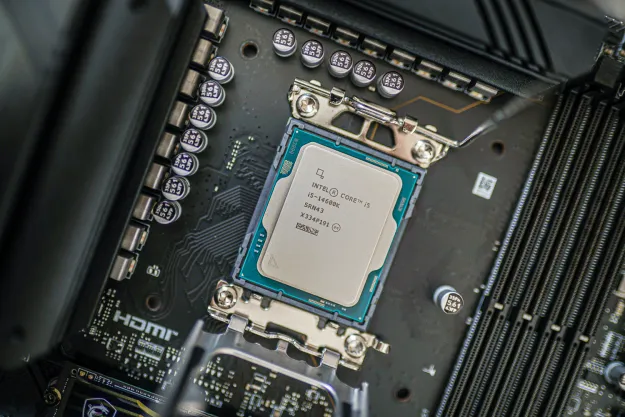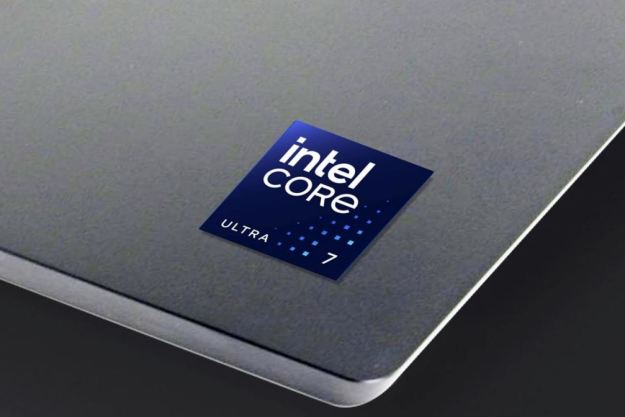
You and I might be hotly anticipating what Intel’s next-generation Arrow Lake processors will do later this year, but that doesn’t mean we can’t get excited about what comes after or even alongside it, right? Lunar Lake is Intel’s other next-generation design, tentatively planned for a launch before the end of the year. Perhaps it will launch alongside Arrow Lake on desktop, with Lunar Lake focused on mobile instead.
Curious to see what Intel’s been cooking up in the labs? We are, too, and as we get closer to Lunar Lake’s debut, we’re starting to learn some intriguing details.
Lunar Lake specs
Intel revealed some details about Lunar Lake’s architecture and design in May 2024, stating that this mobile-first architectural design would be fast, but also incredibly efficient, beating the competition by up to 30% on power draw while offering competitive performance. That suggests Lunar Lake will be used for Intel’s traditional U-series processors. With a focus on performance per watt, it seems likely that we’ll see lower clock speeds with this generation and a focus on Intel’s efficiency cores.
Intel has also revealed the architectures for these CPUs. It will use Skymont for the efficiency cores and Lion Cove for the performance cores.

Lunar Lake will allegedly utilize a next-generation graphics architecture known as Battlemage Xe 2. That’s the design beyond the alleged Battlemage Xe+ design that Arrow Lake is slated to use for its onboard graphics.
Other rumors suggest that Intel is dropping hyper-threading (its version of simultaneous multi-threading) from Lunar Lake, as it is reportedly planning to do with Arrow Lake. This feature has been a cornerstone of Intel CPU multi-threaded performance for generations, so Intel must have a good reason for dropping it to the wayside.
Intel may also launch a low 8-watt-power version of its Lunar Lake processors as it targets fanless laptop designs to compete with Apple’s MacBook Air more readily.
As for features, Lunar Lake will supposedly support PCI-Express 5, Thunderbolt 4 and USB4, HDMI 2.1, DisplayPort 2.1, Wi-Fi 7, Bluetooth 5.4, and Gigabit Ethernet
Lunar Lake availability
Lunar Lake is reportedly planned for an end-of-2024 release alongside Arrow Lake on desktop. That seems like a pretty quick turnaround, considering we haven’t heard much about it yet, but Intel has claimed to show working silicon at recent tradeshows, so it’s not impossible. Purportedly, the plan is for Lunar Lake to be the main focus of Intel’s entry-level and energy-efficient laptop designs, especially casual gaming efforts.

Arrow Lake will then be used for higher-end mobile designs and desktops. If Lunar Lake does debut alongside Arrow Lake, though, expect availability to be limited to start with, leading to mass production in early 2025.
Lunar Lake performance
Despite its target of lower-power laptops, Intel’s Lunar Lake is allegedly a seriously powerful design. The first ground-up architectural overhaul in a few generations, Lunar Lake will continue to leverage Intel’s Foveros technology to have bigger performance and smaller efficiency cores. Dropping hyper-threading reportedly won’t slow it down, though, as early reports suggest that Lunar Lake could offer performance close to 1.5 times that of Meteor Lake processors at a very comparable power draw.
This cited performance metric is only in Cinebench multi-threaded, which isn’t a perfect snapshot of a processor’s performance, but it’s an intriguing indication of what it’s capable of, nonetheless.
Rumors suggest Lunar Lake will manage a 50% performance boost over existing Meteor Lake processors. This would be an incredible intergenerational leap, and it’s a claim that we will only view through our skeptic’s glasses for now. There are also some rumors of Lunar Lake’s integrated GPU performance doubling that of Meteor Lake at a higher thermal design power (TDP).

Intel claims Lunar Lake will be as much as 30% more efficient than low-power AMD 7000-series CPUs, like the 7840U, or as much as 20% more efficient than the Snapdragon X Elite. With added performance and a new-generation of onboard graphics, that would make it an ideal chip for efficient gaming laptops.
Intel will be able to utilize a new process node to eke out some extra performance, or efficiency, depending on what it’s targeting. It won’t use its internal process nodes, though, and will instead be based on TSMCs 3nm 3NB process.
AI performance will also be a major factor in Lunar Lake’s release, with Intel announcing in May 2024 that Lunar Lake’s redesigned neural processor will handle up to 45 trillion operations per second (TOPS). That’s competitive with the neural processing unit (NPU) in the Snapdragon X Elite, but Intel’s not stopping there. Lunar Lake’s Xe 2 GPU will be able to handle up to 60 trillion calculations per second, too, giving the total chip over 100 TOPS.

For graphics, early impressions of Lunar Lake are positive. A leaked SiSoftware benchmark showed the Battlemage architecture offering higher performance than Meteor Lake at a lower power draw, and with fewer Xe Cores. Intel’s latest claim is that it’ll be as much as 50% faster than previous generations of onboard graphics.
It’s all up in the air… for now
For a CPU design that many claim will launch before the end of 2024, the details for Lunar Lake are still thin on the ground. That would typically suggest a launch is further away, and perhaps we won’t see wide availability until 2025. However, as 2024 rolls on, Intel is drip-feeding more and more details, and with the relatively large Computex showcase coming in June, we may be about to hear a lot more about Lunar Lake in the very near future.
Intel is also promising that desktop Arrow Lake details are very close at hand too, so watch this space for exciting Intel updates.
Editors' Recommendations
- Intel is ready for Copilot+ PCs with Lunar Lake
- M4 chip: here’s everything we know about Apple’s latest silicon
- Intel’s big bet on efficient GPUs might actually work
- It just became the perfect time to buy a last-gen Intel CPU
- Nice try, Intel, but AMD 3D V-Cache chips still win



